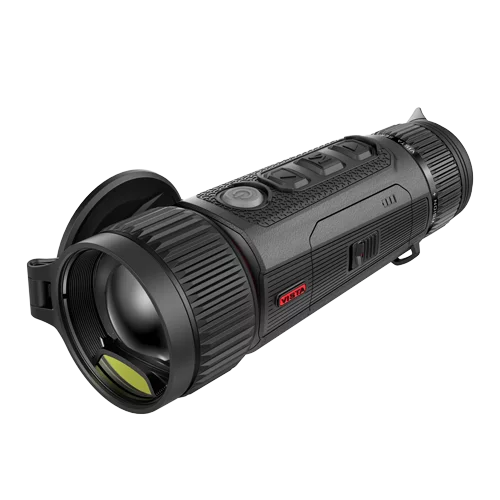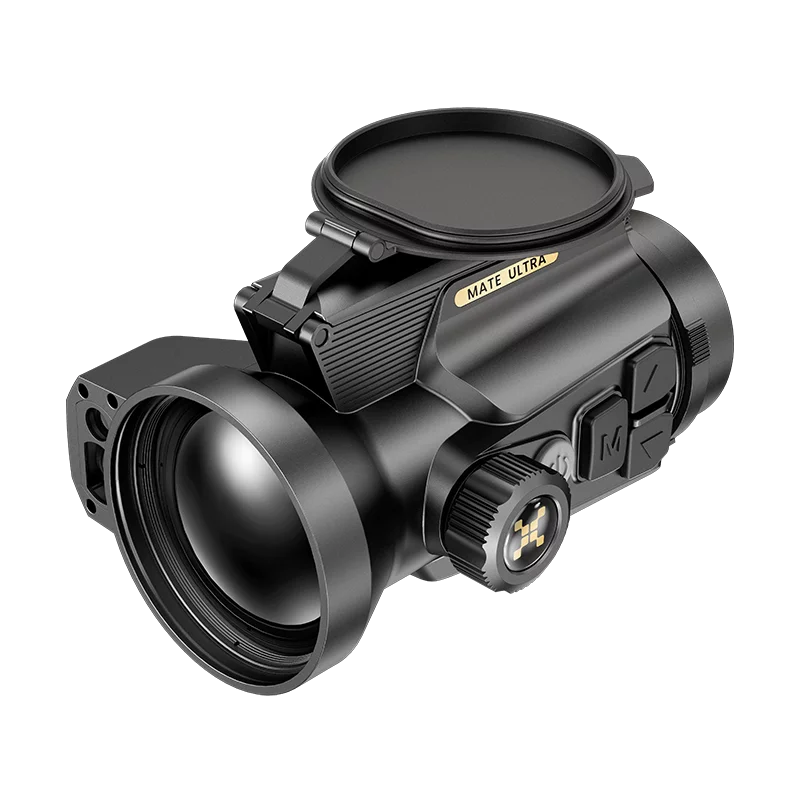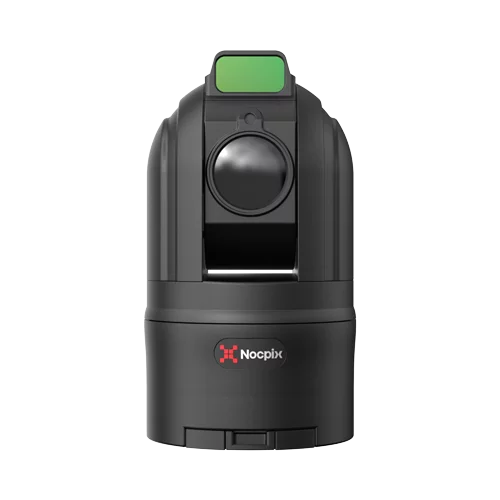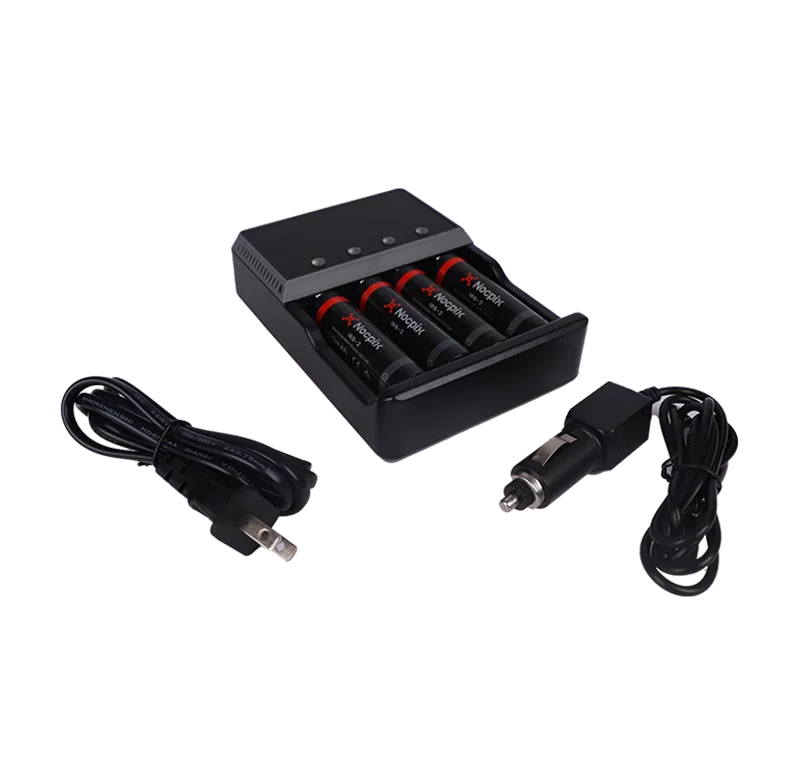Both optical zoom and digital zoom are commonly used in devices like telescopes. But what’s the real difference between the two? Let’s break it down.
What is Optical Zoom?
Optical zoom is a technology with a history stretching back centuries, all the way to the invention of the first telescope. As the name suggests, optical zoom works by adjusting the lens system to bring object closer without any loss of image quality. The key to this lies in the lens’s focal length—the greater the focal length, the higher the optical zoom.
Focal length is essentially the physical distance from the entrance lens (or a specific point in a complex lens assembly) to the point where light rays converge, usually on the sensor, and is measured in millimeters.
What is Digital Zoom?
Digital zoom is a relatively recent advancement driven by digital technology and is now commonly found in thermal imaging devices. Strictly speaking, digital zoom isn’t really “zooming” in the traditional sense. Instead, it involves magnifying the digital image on the device’s screen. When you zoom in digitally from 1X to 4X, all you’re doing is electronically enlarging the pixels created by the camera’s lens.
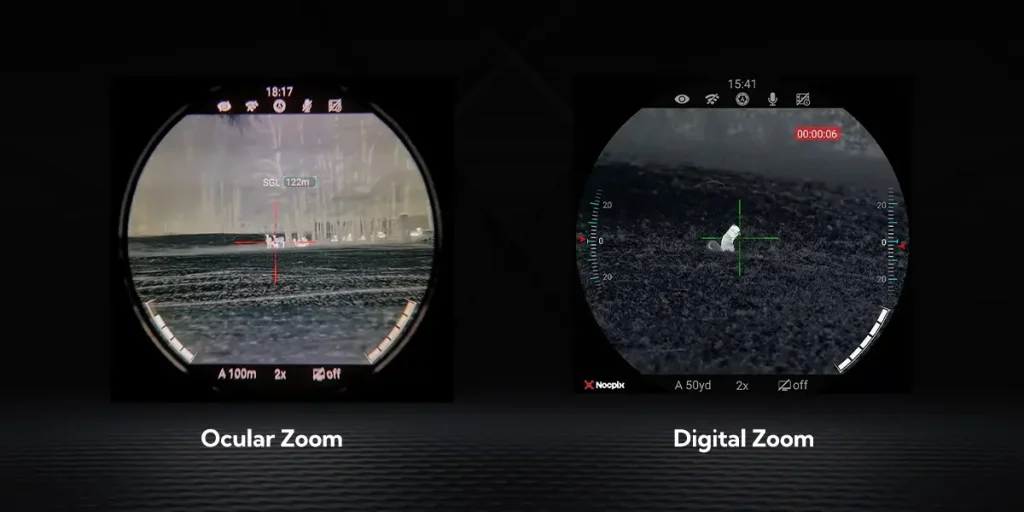
Key Differences Between Optical Zoom and Digital Zoom
While both optical and digital zoom are used to magnify images, they work in very different ways. Traditional thermal devices typically come with a fixed optical zoom, and any further zooming is done digitally, which means the image is enlarged electronically on the screen.
In short, optical zoom lets you physically bring the subject closer before capturing the image. With digital zoom, you can later crop a portion of the image and enlarge it, which can result in some loss of quality, especially if the zoom is too aggressive. This is because digital zoom is reliant on enlarging the image’s pixels, which often leads to reduced sharpness.
But what about thermal devices that combine both optical and digital zoom? That’s where things get interesting. Nocpix brings innovative products in thermal night vision optics – combining optical zoom and digital zoom – the Nocpix ACE series.
The Nocpix ACE features an optical zoom design in the eyepiece, incorporating an additional lens group to optically magnify the display. The ocular zoom directly enlarges the screen’s pixels through the lens group, preserving true details, particularly when observing small features. Unlike electronic zooms commonly found in other thermal imaging scopes, the ocular zoom provides clearer edges and finer details without requiring pixel interpolation, ensuring a more precise and realistic image. Its flexible zoom ratio adapts to different observation needs without significantly compromising image clarity. For users, the ocular zoom ring is also easier to operate. Compared to electronic zoom, the ocular zoom offers a more detailed, lifelike image and delivers a lossless zoom experience that closely mimics the visual experience of traditional scopes.
For digital zoom products, entry-level but full-powered Nocpix Bolt series thermal scope is also a choice that novice users should not miss. It is especially suitable for novice thermal imaging users and users who are transitioning from traditional optical scopes. It has thermal imaging, built-in laser rangefinder and ballistic calculator, which can provide a clear and accurate hunting experience.



